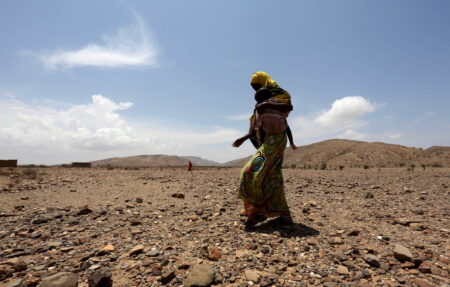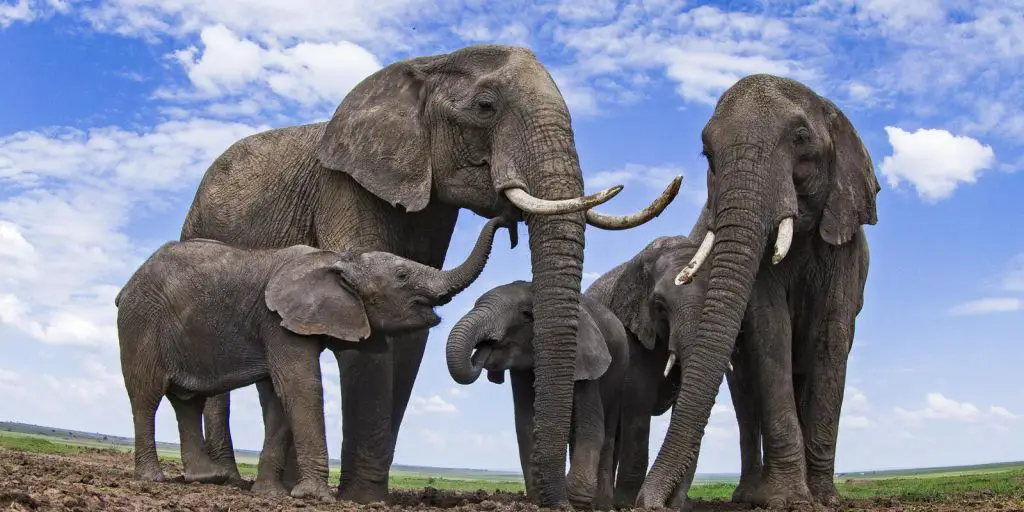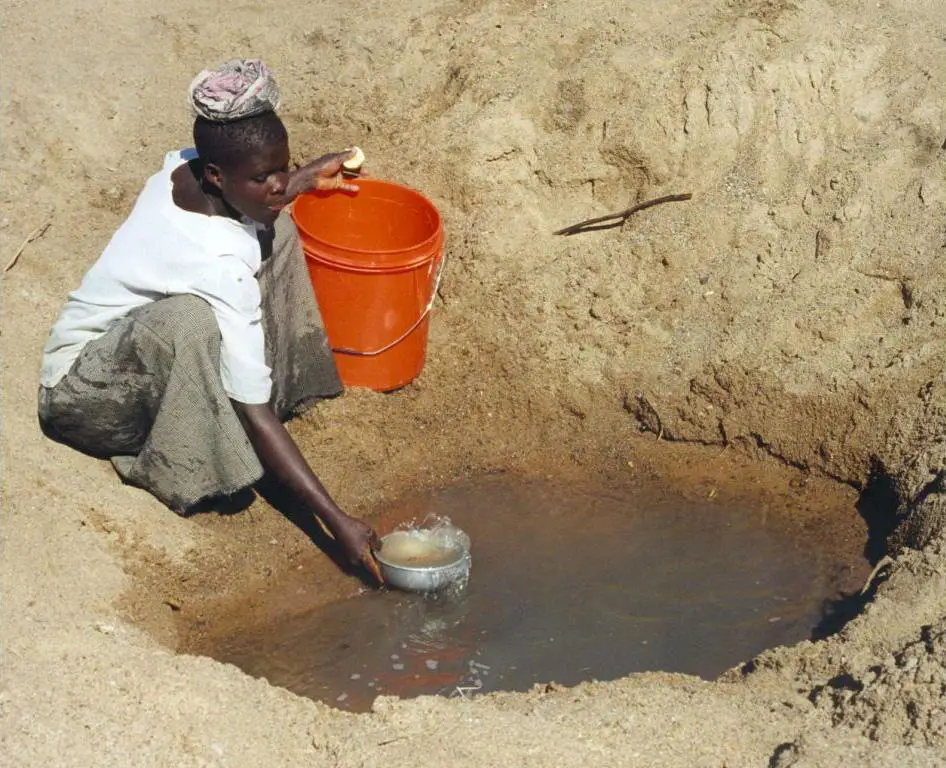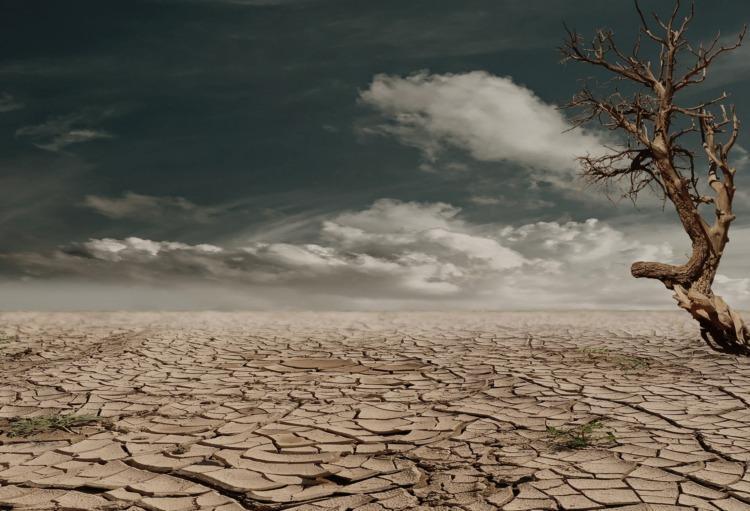Trending
- How transition finance can catalyse Africa’s green industrial revolution
- Stanbic PMI Report: Mixed performance as Kenya’s agriculture, construction offset manufacturing decline
- Uganda’s land management gets a tech makeover to boost transparency
- Nigeria’s output dips fastest in 19 months on a sharp rise in costs
- Apple faces growing backlash over Congo exploitation
- Why East Africa is staring at higher wheat prices in 2025
- Nairobi Gate SEZ pumps $7 million into Kenya’s agro-processing industry
- What impact will the US election have on Africa?









 South Africa, like many other countries in the world, still uses coal to power its economy, but now the country wants to become a low carbon economy and a climate-resilient society and to do so, it has announced a major U.S.$8.2 billion deal with Europe and the US.
South Africa, like many other countries in the world, still uses coal to power its economy, but now the country wants to become a low carbon economy and a climate-resilient society and to do so, it has announced a major U.S.$8.2 billion deal with Europe and the US.